News 3/4/14
From Hometown Girl: “Re: HIMSS. I couldn’t make it this year but loved your updates. Did you see anything cool for the ambulatory world?” Thanks to everyone who followed along from home. As I mentioned in one of my updates on HIStalk, I wasn’t wowed by any particular offering that I saw. Overall I would say there seems to be more of a blurring of offerings from both the traditional inpatient and ambulatory vendors with both promoting different flavors of products for care coordination and connecting with patients and other providers. One person I chatted with suggested providers are increasingly concerned with what’s going on outside their own walls and the products and services seemed to reflect that.
As usual, almost every vendor believes that HIMSS week is a great time to send out a press release or three. I still have several hundred unread emails in my inbox and fear it will take me all week to catch up on all the news. Hopefully I have caught most of the big stuff.
WEDI, in partnership with EHNAC, will create a Practice Management Accreditation Program to review PM vendors in the areas of privacy, security, mandated standards and operating rules, and operational functions. While I am all for having vendors meet minimum performance standards, is this really the best time to ask vendors to jump through one more hoop to remain competitive in the marketplace? It’s no surprise that we are seeing limited advances in product usability and innovation.
CMS Administrator Marilyn Tavenner told a HIMSS audience last week the October 1 ICD-10 transition will not be pushed back, though some providers may be giving case-by-case exemptions for meeting Stage 2 MU targets. The AMA was quick to issue a statement expressing deep concern “that Medicare does not have a back-up plan if last minute testing demonstrates anticipated problems with this massive coding transition” and warned that “disruptions in medical claims processing will hurt doctors and their patients.”
The ONC issues a proposed rule for voluntary certification criteria for EHRs in 2015, which would be separate from MU regulations. The 2015 edition certification criteria would offer a way for non-MU EHR systems to become certified; would enhance interoperability efforts; would include functionality criteria for patient population filtering of clinical quality measures; and, improve alignment with other HHS programs.
GetWellNetwork debuts GetWellNetwork Ambulatory, which is available on mobile and stationary devices and integrates with EHRs to provide personalized information, healthcare tools, and patient pathways to help patients and their caregivers participate in the patient’s care.
Practice Fusion offers integration between its EHR and AliveCor Heart Monitors and between the Diasend System for glucose/insulin reporting.
Speaking of Practice Fusion, I discussed the company with a couple of different industry insiders at HIIMSS last week and got differing opinions on the companies long term viability. One EMR executive suggested that the company could be a dark horse in the market and noted its KLAS scores were respectable. He believed the free platform would continue to appeal to smaller, independent providers. Another seasoned industry expert was not as confident about Practice Fusion’s viability, noting that neither its advertising model nor the sale of data would provide adequate revenue to sustain the company long term. It’s possible that both could be right, which would leave thousands of “happy” users looking for a replacement system.
Greenway acquires PeopleLynk, which sends patient relationship messages based on EHR events.
Greenway Medical names Phreesia its Marketplace Partner of the Year.
Greenway will integrate DrFirst’s controlled substance e-prescribing software into its Intergy, PrimeSUITE, and SuccessEHS systems
Greenway, by the way, had a good size booth at HIMSS, though maybe not as large as what they brought to MGMA and definitely in a less prominent location.
ADP AdvancedMD announces general availability of its reporting suite AdvancedInsight, which provides physician offices with financial insight into their practices.
ADP AdvancedMD offers an ICD-10 transition program in partnership with Alleon Healthcare Capital to provide preparation resources, product enhancements, and a revenue cycle financing program. The financing program aims to minimize the impact of revenue delays and helps clients withstand up to 90 days of nonpayment.
ICD-10 was definitely one of the hotter topics at HIMSS, both on the exhibit floor and in the educational sessions. 3M in particular had a huge booth promoting its ICD-10 readiness tools.
Interestingly ADP AdvancedMD was not an exhibitor this year. Perhaps the expense is too much considering not too many attendees are in their sweet spot in the smaller private physician practice segment.
Nuance integrates its multi-functioning printer scanning solution eCopy ShareScan with NextGen Ambulatory EMR.
Cerner and NextGen achieve bilateral data interoperability between the NextGen Ambulatory Solution Suite and the Cerner Network.
Physician First ACO (FL) selects eClinicalWorks Care Coordination Medical Record (CCMR) to advance its care coordination, population health, and quality health initiatives. West Florida ACO will also implement eCW’s CCMR platform.
The 200-provider Northeast Georgia Physicians Group, an Allscripts TouchWorks EMR customer, achieves Stage 7 on the HIMSS Analytics Ambulatory EMR adoption model.
Allscripts had a big HIMSS presence and was displaying its new tag line, “The Power of All.” I thought it was a pretty clever play on words and emphasizes their intent to provide solutions across the full HIT spectrum.
DrFirst estimates that its Patient Advisor medication adherence platform delivered $21 million in prescription savings opportunities in its first three months of operations.
Etransmedia acquires Medigistics, a provider of RCM and A/R management services for healthcare providers.
The AHRQ offers a toolkit to help physicians and their staff prevent problems associated with managing lab tests and results, including suggested processes for tracking, reporting, and following up with patients and avoiding diagnostic errors.
E-MDs introduces e-MDs Cloud RCM services.
PerfectServe introduces automatic electronic PHI filtering capabilities that remove ePHI from the body of messages sent to non-secure mobile devices.
Aprima Medical announces that over 1,500 former Allscripts MyWay customers have migrated to the Aprima platform. A friend told me she was at a reception last week and overheard an Aprima employee joke that Allscripts’ decision to stop supporting MyWay was the best thing to ever happen to Aprima’s business.
More than one-third of physicians have prescribed an app to their patients, according to a QuantiaMD member poll. Almost half of physicians participating say they would never prescribe an app because of the lack of regulatory oversight.
A three-year study of a PCMH demonstration project reveals the model did little to reduce costs and utilization or to improve the quality of care. The JAMA-published study found the PCMH model didn’t reduce hospitalizations, ED use, ambulance services, or costs.
CMS launches eHealth University to help providers navigate various federal eHealth programs, including EHR, ICD-10, administrative simplification, and quality.
Email Inga.


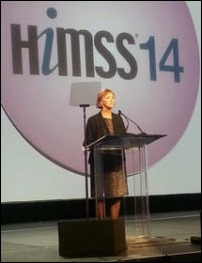

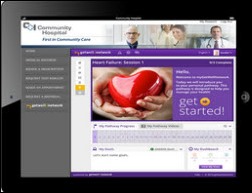





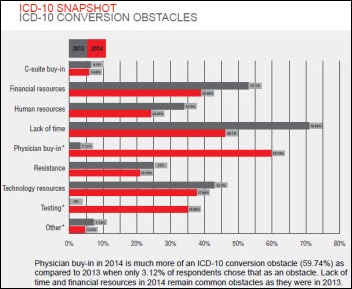
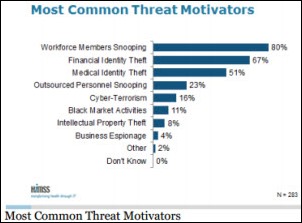

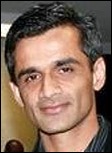

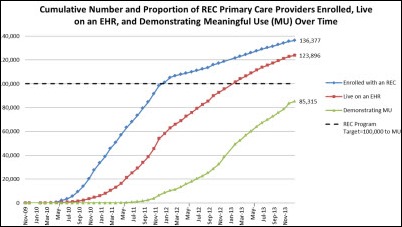
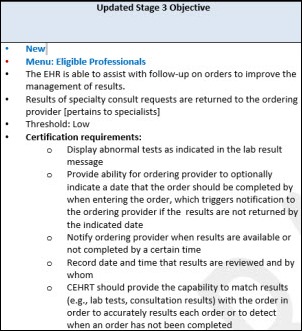
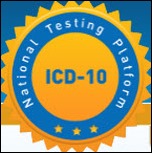


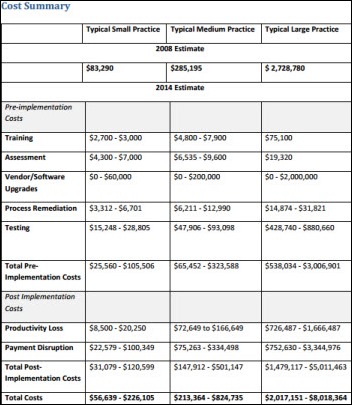
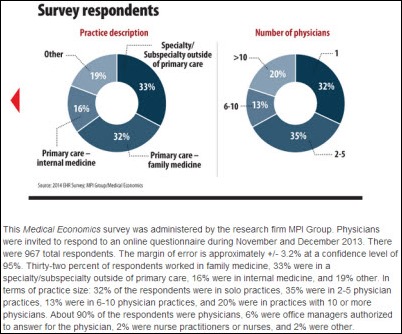
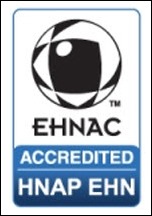

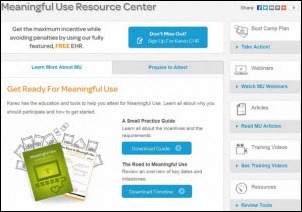

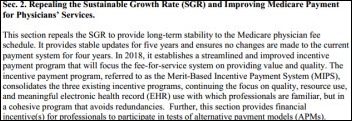


The article about Pediatric Associates in CA has a nugget with a potentially outsized impact: the implication that VFC vaccines…